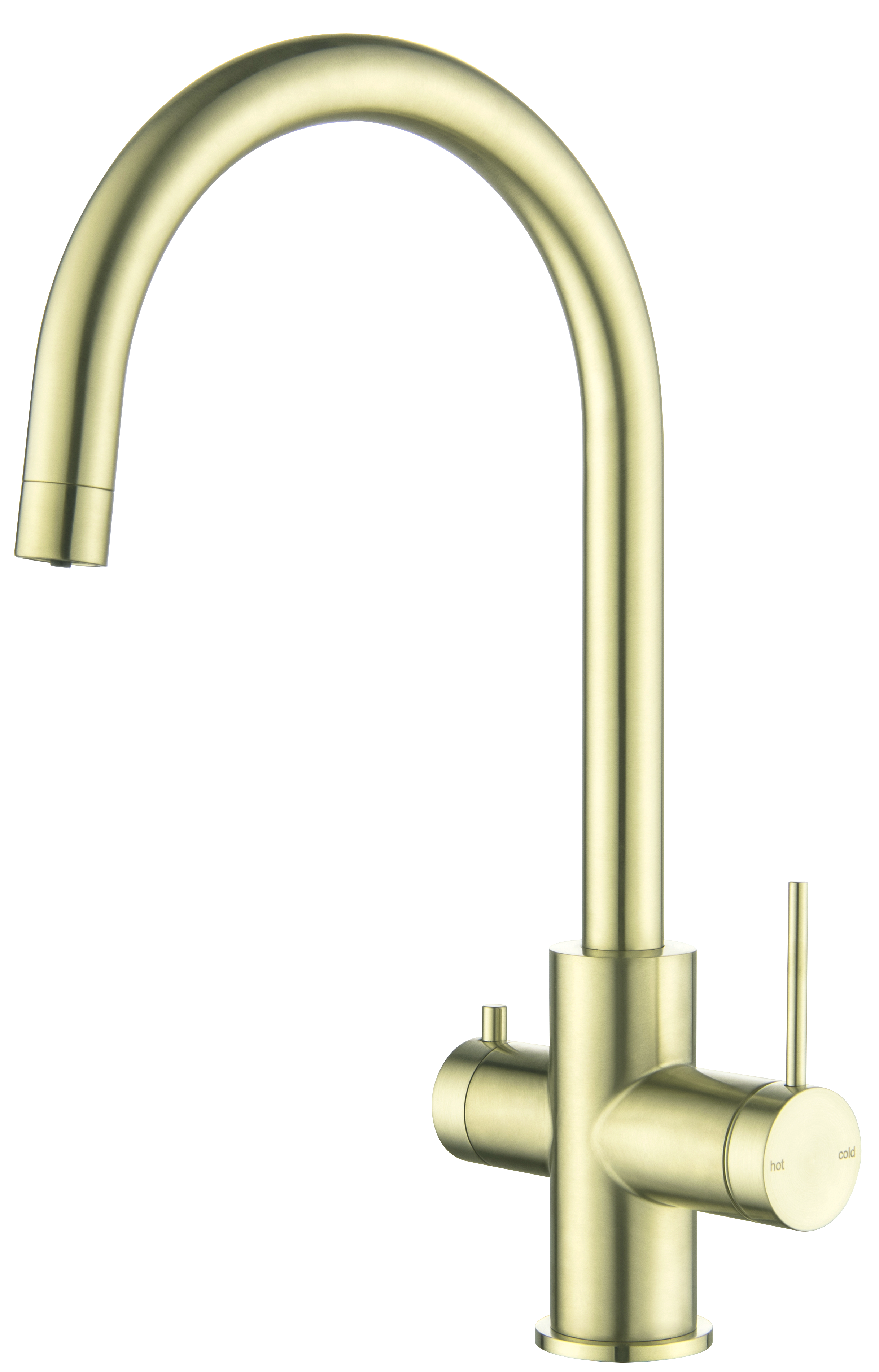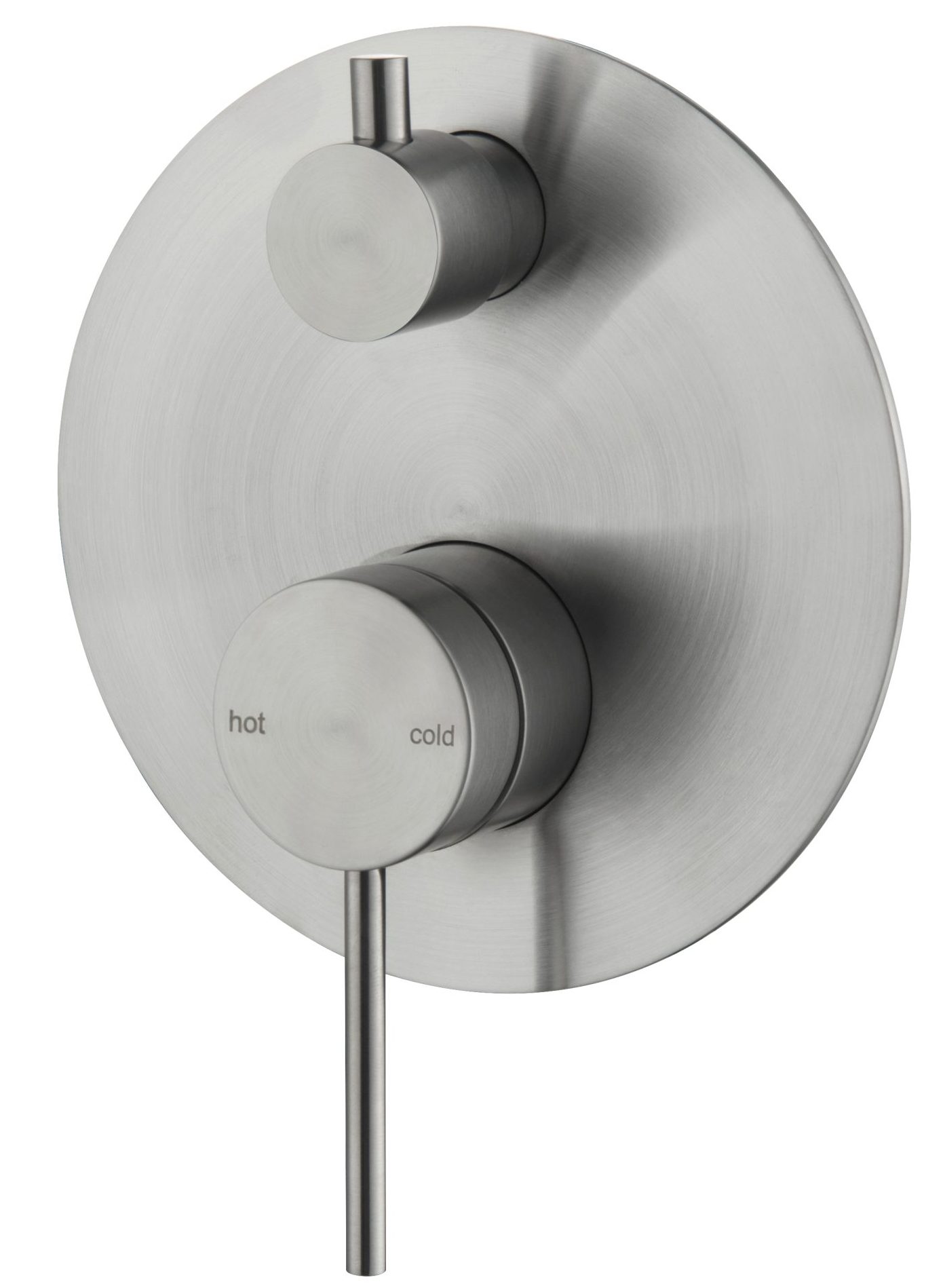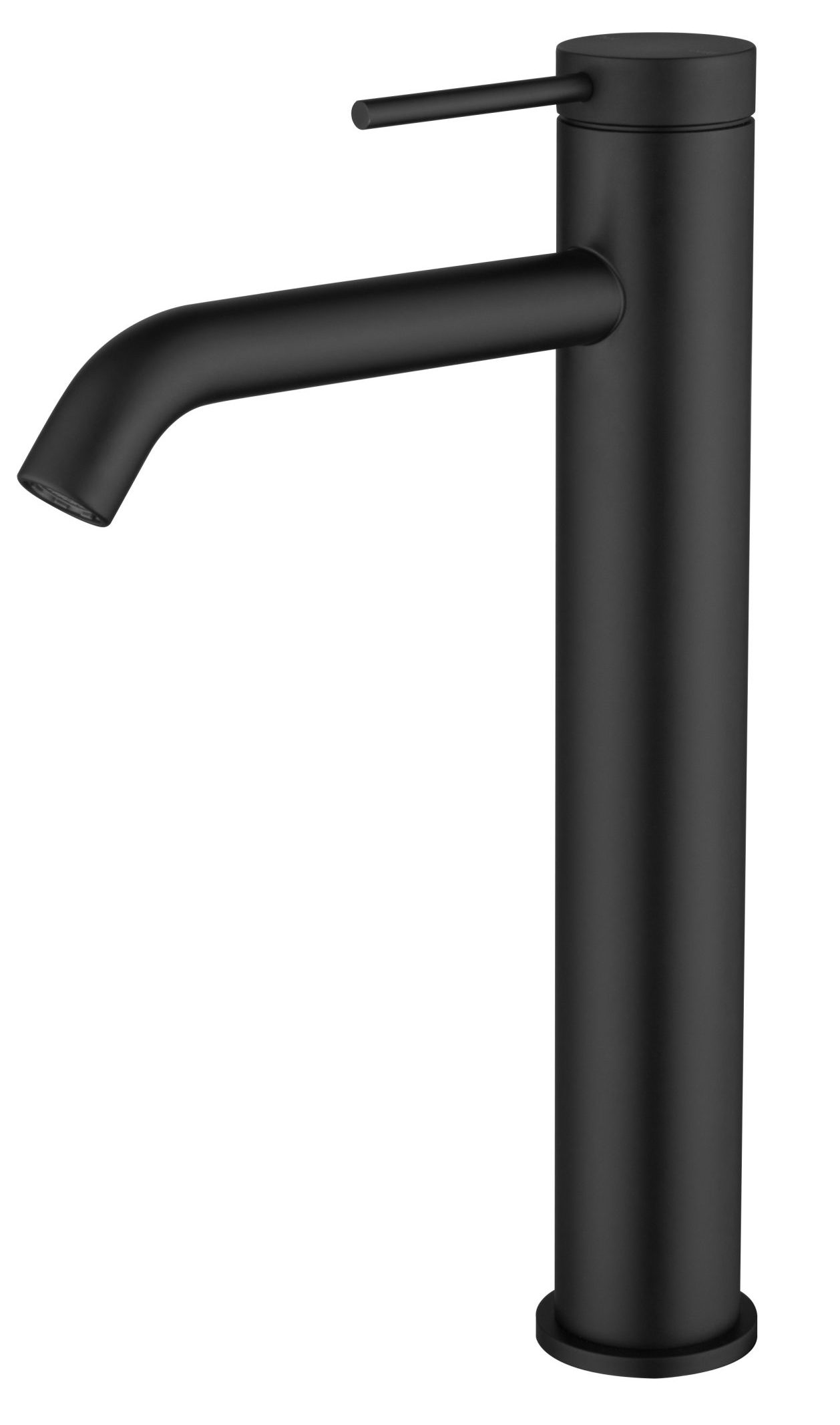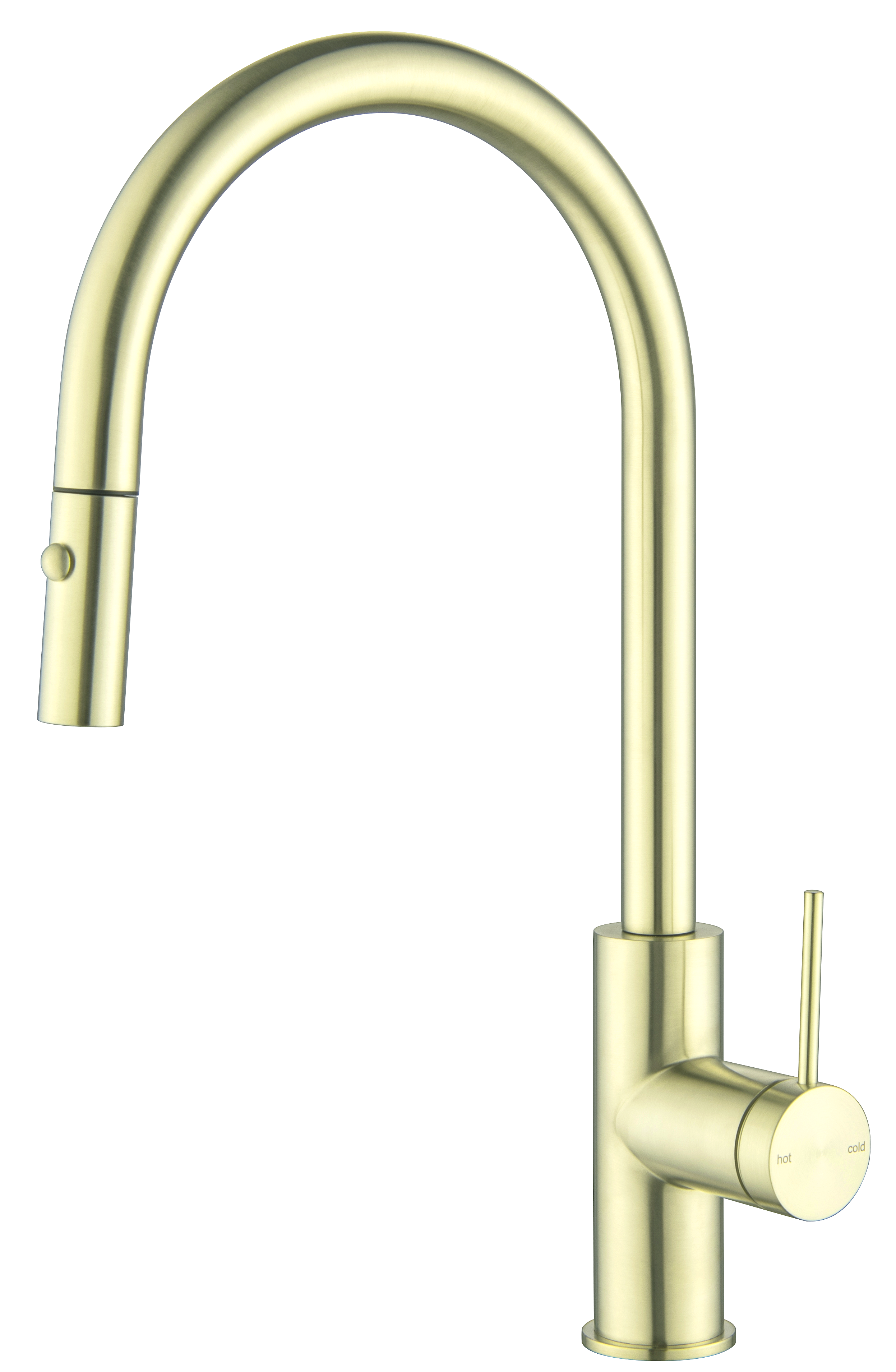With a lot of styles, sizes, styles and materials to pick from, you will surely be able to find the most suitable bathroom basin.
Mounting Option
The main difference among bathroom basins is where and how they are mounted. See the following options in installing a bathroom basin:
Countertop:
This is the most usual and common installation of a bathroom basin, with the basin on a countertop or sitting in, usually as part of a vanity basin. Countertop basins generally offer great space storage and elbow room, as there’s commonly a substantial space around the basin. This mounting option includes the following:
- Integrated Basins: The countertop and basin are one combined into one piece and finished with the same material. They’re sized to suit average vanity widths. Additionally, these basins are easy to clean.
- Undermount Basins: From the name itself, these bathroom basins are installed below the countertop, giving more exposure to the edge of the countertop surface around the sink. The fact that these bathroom basins have no rims to contend with, undermount basins are the easiest to install.
- Top mounted Basins: These basins have rolled edges that lets the basin to be released down into a countertop opening. These top mounted basins are the easiest to install.
Pedestal:
A pedestal basin is consisting of a sink above a tall, slim base. Most of the time, it is considered as a vintage look, but modern version of these basins is available too. They work great in small baths and powder rooms where a storage space is not a top priority.
Console:
One of the most popular wall-mounted basins is the console basin. It resembles a traditional comfort table that can be found in an entry or hallway. A console basin is generally a wall mounted basin with two or four legs. They naturally have more counter space and open shelving below.
Wall-Mounted:
These basins are often found in commercial and institutional locations, while they work in home baths as well. They are installed from the wall at a comfortable height, and giving more exposure to water pipe lines and drainpipe. These basins are affordable, brings an open look and work well with small baths.
Basin Shape and Size
There is no standard size for bathroom basins. Some small bathroom sinks are just enough for washing hands, while big basins are enough for delicate clothing or hair washing. The typical rectangular basins are 19 to 24 inches wide, while round basins are usually 16 to 20 inches. Usual sink depth is 5 to 8 inches.
The size and shape of bathroom basins generally based on personal preference, unless you’re changing an old sink and wants to reuse the countertop and vanity. If so, the new basin should fit the current opening in the countertop and installed the same way as the old sink.
Sink Material
It is probably the most differentiator factors among bathroom basins. Normal ceramics like vitreous china and porcelain are two of the common choices. While there are also more modern materials that are used in some bathroom basins such as stainless steel, brass, glass, natural stone, copper and solid surface bathroom basins.
If you are still confused about which bathroom basin to choose, let Bella Vista Bathware help you. For more info, email us at “email address”.




































































